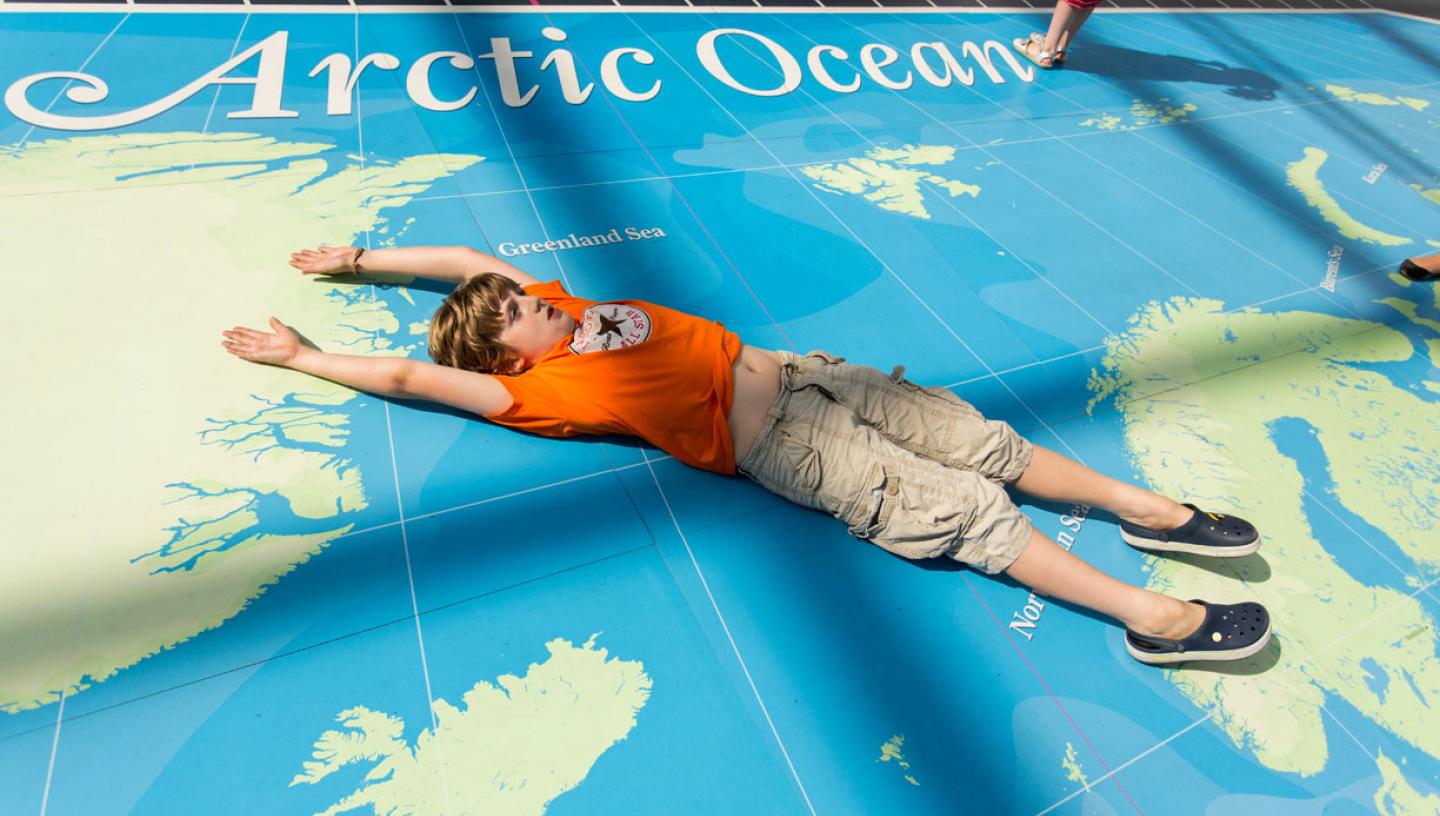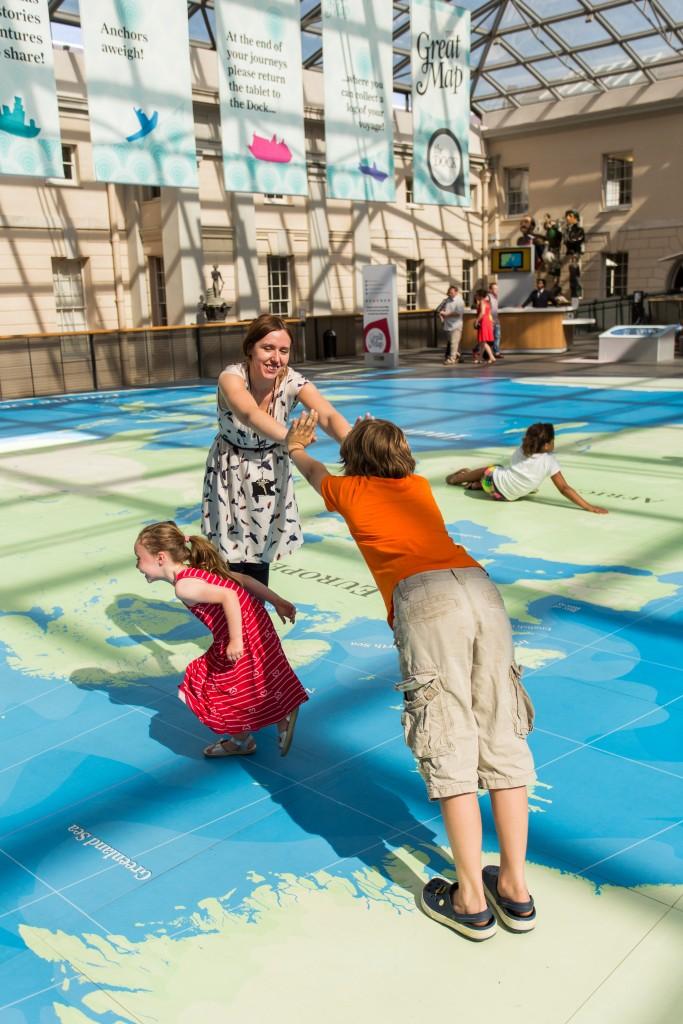
Essential Information
| Location |
Royal Observatory
|
|---|---|
07 Aug 2015
In March 2015 Against Captain’s Orders opened to the public. A groundbreaking collaboration between the National Maritime Museum (NMM) and immersive theatre makers Punchdrunk Enrichment (PD), Against Captain’s Orders invites younger museum visitors on an adventure that will challenge their understanding of history. Now in a series of blogs the NMM and PD come together again to discuss how the exhibition developed from initial concept stage to the first visitors through the door.
However, like all things that go Against Captain’s Orders these blogs aren’t quite what they seem as the museum has agreed to Punchdrunk’s request to structure the series around an old museum myth, the apparent disappearance of curator Eleanor Grey.
PD: If you’ve visited the National Maritime Museum the chances are you’ve seen the Great Map. Stretching across the Upper Deck of Neptune Court it is a magnet for children and parents alike. Right now I can see four different groups navigating the globe, traversing continents in single strides, mapping their position in the world against exotic sounding countries and distant principalities. Well most are. One group is playing stuck in the mud. And that’s sort of the point I think.

NMM: I hope so. Again its about engagement. Get people playing, enjoying themselves, give them ownership over the museum and the history in it and let them find their own stories. Against Captain’s Orders is a first step, and a big one in terms of scale, but it’s still just the beginning.
PD: The challenge, one we faced, one that I’m sure won’t go away is finding a way in. Something that intrigues your visitors, but is always true to the values of the museum and what you’re trying to achieve. We’ve talked a bit in previous chats about the benefits of creating a fictional structure which you can use to lead people on a journey, but that’s not without its dangers. It can be tempting to err towards the fantastic and you can quickly lose the important historical substance in the rush.
NMM: Play, but don’t play too far?
PD: Play within the lines.
NMM: Isn’t that constraining? Didn’t it frustrate you to work that way?
PD: Not at all. We could have a long conversation about the benefits of working within creative constraints and conversely how an entirely open brief can kill creativity, but the fact is that everything we needed was within these four walls so to speak, or under them at least. Every time we strayed away from the world of the museum things began to unravel. It wasn’t weighing us down, it was anchoring us. As a result the exhibition feels part of the museum world. Kids come into it, have this incredible experience and leave without feeling they’ve stepped into something different. In that sense we were able to shape the right fiction to pull them in without losing the museum somewhere along the way.
NMM: I’d agree.
PD: If we hadn’t got that right it wouldn’t have mattered how good an experience we were offering. No matter how exciting or how elaborate we’d made it, we would have failed. It’s not enough to be a good story, it has to be the right story.
NMM: So what about Eleanor Grey, was she the right story for us?
PD: Maybe.
NMM: Only maybe?
PD: She got us talking so that’s a good thing. Was there enough of her to intrigue? Enough of a trail to follow? Enough to get involved with?
NMM: But her purpose was to keep us going and she did that. She led us through the world that inspired Against Captain’s Orders and helped us get to some of the reasons we started the project in the first place. In that sense she was a success.
PD: I don’t know. I’d have like a little more of her story.
NMM: I asked you quite early on in this process to tell me everything you knew about Eleanor Grey. If I asked you to tell one of these children the same thing what would you say? How would you tell her story to them?
PD: In that case I’d probably start Once Upon a Time...